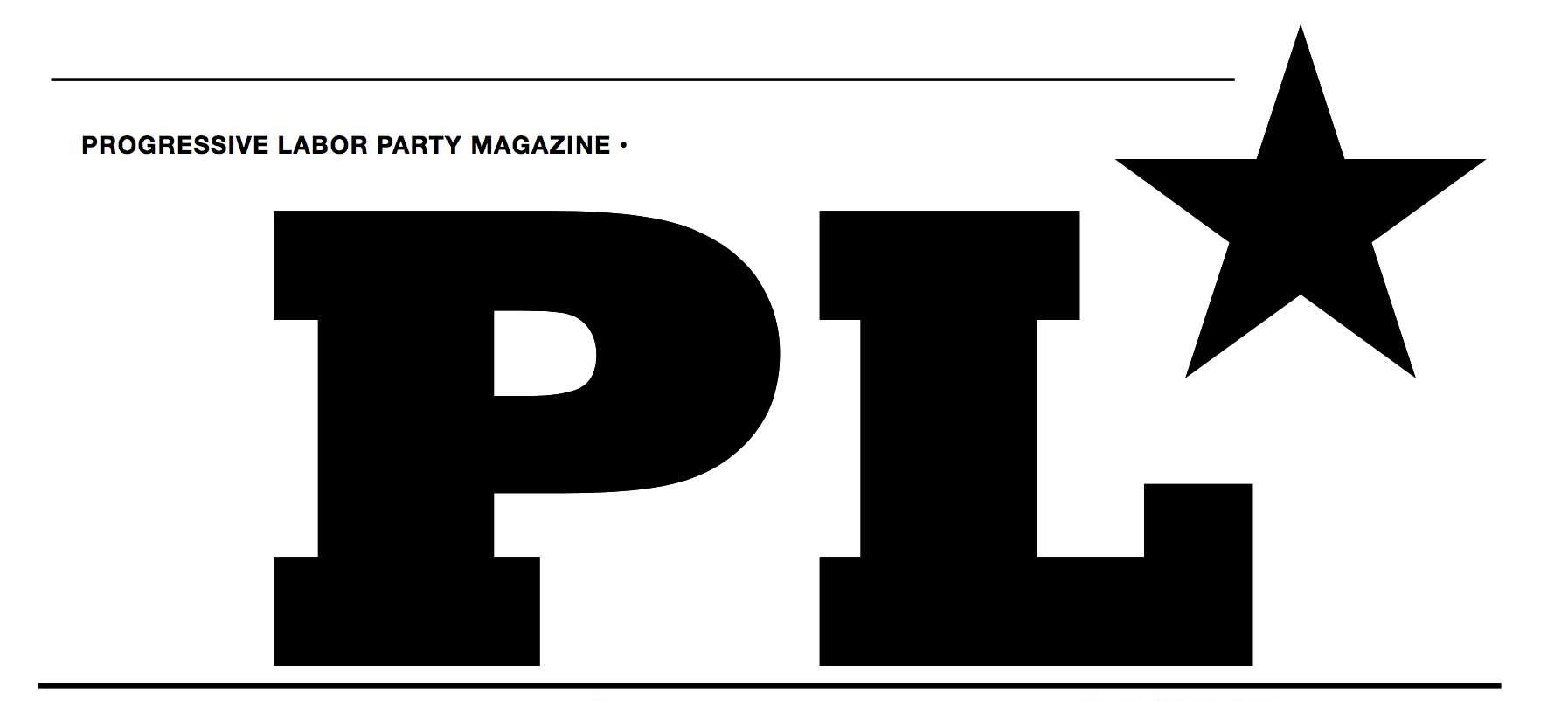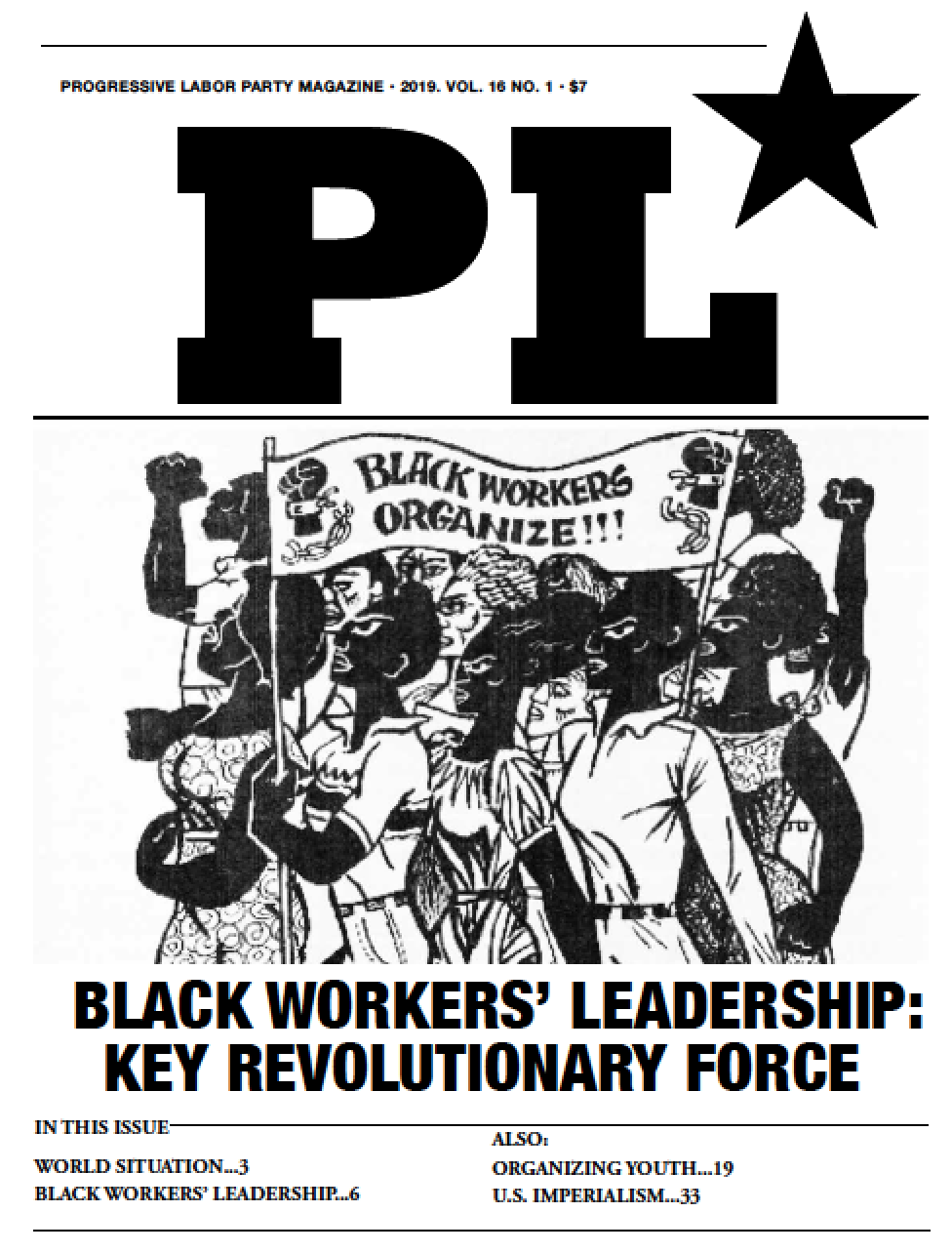A Factory Collective Expands Production in the Cultural Revolution
 Thursday, April 10, 2014 at 2:27PM
Thursday, April 10, 2014 at 2:27PM Almost 45 years after the reversal of the Chinese Revolution, China has emerged as a major capitalist power and appears to be on a collision course with U.S. imperialism. The Chinese Revolution was one of the great achievements of the 20th Century — an advance over the Bolshevik Revolution of 1917.
In 1967, more than 40 million workers, soldiers, and students launched the Great Proletarian Cultural Revolution (GPCR). It was an effort to stop the return to capitalism in China. Ultimately it was defeated, in part because the Red Guards and other revolutionary forces were unable to organize a new revolutionary communist party.
The following account shows the need for further advances in the international revolutionary movement. Wages must be eliminated, along with the special oppression of women. Above all, we must create a worker-run society based on one unwavering principle:
From each according to commitment, to each according to need.
Progressive Labor Party, in our infancy at the time of the GPCR, was a fraternal party of the Chinese Communist Party. And we supported the GPCR. The defeat of the GPCR and the reversal of the Chinese revolution signaled the end of the old communist movement. These setbacks plunged the international working class into the Dark Night we have struggled through for more than two generations.
But Dark Night will have its end. World War I gave rise to the Bolshevik Revolution. World War II give birth to the Chinese Revolution. PLP, organizing across all borders, aims to make the next imperialist war the last one, with worldwide communist revolution.
This is a story of a collectively owned village factory. In the winter of 1966, at the beginning of the Cultural Revolution, the eighth production team of my Village decided to set up a metal shop. The team employed two old farmers who had worked with sheet metal before, and three other people with no experience in metal work. In need of a site, they rented a vacant three-room house from my family.
The workshop was to produce metal pieces for both ornamental and practical purposes — handles for drawers, doorknobs, and so on. The production team bought a truckload of leftover metal pieces from a factory in Qingdao City for very little money, and began to make their products with simple metal cutters and hammers.
The products sold very well on the local market. Shortly before the Chinese New Year that winter, every family in the production team — including those taking care of the farm work — received a collective bonus from the extra earnings from the metal shop.
Noting the success of this enterprise, village leaders proposed expanding the metal shop into a bigger operation. The production team leaders agreed, so the metal shop moved into the village-owned motel, which for years had catered to travelers with horse-drawn carts. There were more than a dozen rooms and three to four acres of yard space. The village invested in more tools and hired a few more workers.
Apart from maintaining the original product line, the new workshop also sought to expand production into other areas. The village sent several young people to a farming machine factory, a state-owned enterprise about three kilometers from the village, to be trained for different industrial skills. Some learned to assemble or operate lathes, others to weld with electricity or weld and cut with gas torches.
As a state-owned enterprise, the factory’s mission was in part to help rural areas in whatever way they could. The factory leadership trained village youth for free for six months. At the end of the training period, they donated to the village all the tools the young people had been trained to use: an old lathe, a planer, a drill, and a thirty-ton press, along with many smaller tools. The factory also donated the parts needed to assemble two newer lathes and a sixty-ton press. With these tools and more than a dozen trained workers, the factory’s technical capacity was greatly expanded.
The village factory also received contributions from other factories, including some electric motors. The political climate at the time eased the transfer of old equipment from state-owned enterprises to the villages for collective use, most of it free of charge.
At the time, most tractors in China’s rural areas had no shelter for the driver’s head. The village factory set out to make a metal cab for the driver with a roof and two doors. It shielded the driver from the sun and the cold in winter, and became a highly popular product. The line of tractor drivers desiring the metal cab was very long; people had to wait for months for their turn.
The cab was designed by Huang Jianguo together with Liu Jiawen and Liu Jiazhou. Huang, a middle-school graduate, drew the blueprints; Liu Jiawen and Liu Jiazhou developed the manufacturing process. The factory made good money from this product line for a number of years. More important, the process trained many young people in working with sheet metal. Soon the factory gained a reputation for innovative practices. It took on the name of Mohan (Welding and Fixing) Factory.
Soon Mohan began making ventilation fans for textile factories in Qingdao. The textile industry was expanding at the time and needed a great quantity of these fans for the health and safety of the textile workers. A group of our factory workers specialized in making this product. They cut the sheet metal into the right-sized pieces and used our sixty-ton press to shape them. Then they welded these blades onto the axis. The production line was streamlined and standardized, and the products were continuously shipped out to Qingdao.
Our county was on the coast, where fishing was a traditional industry. At the time, fishermen still used sails, which were dangerous when the boats were caught in storms. When I was still a young child, a serious storm took the lives of 70 fishermen. The county government was determined to modernize the industry by replacing sails with diesel engines.
Our factory got the contract to produce transmission boxes for the fishing boats. Two high school graduates, Liu Kefeng and Li Yuxun, were assigned the task. With blueprints from a state-owned enterprise in Rongcheng County, they began to figure out how to make the different parts and assemble them into a transmission box.
In 1973, a major contractor wanted to manufacture two ventilation blowers to improve workers’ conditions. These blowers were huge, as large as small houses, and the contractor was not sure we’d be able to do it. After their technicians inspected our equipment, they said they did not believe we could do the work. (In fact, at first our own business manager wasn’t sure we could do it. One of the visiting technicians was an eighth-rank metal worker, the highest in China at the time. He said that many factories with greater technical capacity than ours had turned the contract down.
Relying on the Workers
But our factory had a secret weapon, one of its original five workers: Wang Xuejin. In his early forties at the time, he could not draw or read a blueprint. But Wang had a rare knack when it came to innovation. Whenever the factory had a technical difficulty, the leaders would discuss it with him. He would work on it by drawing some lines on the ground with a stick. Then he would chat with other people in the factory and work on it some more. Sometimes he would have to think about it for a long time. Once Wang had developed an idea, he would call in a few technically savvy people to work with him and draw the blueprints.
The factory leaders badly wanted the contract for the two big blowers, but first they had to be sure the factory could handle it. The factory manager explained the difficulties to Wang. The main obstacle was that the factory lacked a press powerful enough to form the sheet metal into a horn-shaped part that drew air through the blowers. This one part was more than two meters in diameter at its smaller end and close to three meters at its larger end!
The manager asked Wang to find a way to circumvent the problem. Wang considered it for a whole morning by himself, then brainstormed with a few other workers in the factory. Toward the end of the afternoon, they managed to draw a simple blueprint showing how the part could be made without heavy equipment.
The factory manager went back to the top technician and told him he was now certain they’d be able to meet the contractor’s three-month deadline for the blowers. We got the contract, since no one else could be found to do the work. But the technician was less than absolutely convinced we could do it, either. He left with the words that he would return in one month to check on our progress.
Next issue: The author graduates from high school, becomes a factory worker; a medical emergency; wages and collectivity.





 Progressive Labor Party (PLP) fights to destroy capitalism and the dictatorship of the capitalist class. We organize workers, soldiers and youth into a revolutionary movement for communism.
Progressive Labor Party (PLP) fights to destroy capitalism and the dictatorship of the capitalist class. We organize workers, soldiers and youth into a revolutionary movement for communism.




Reader Comments